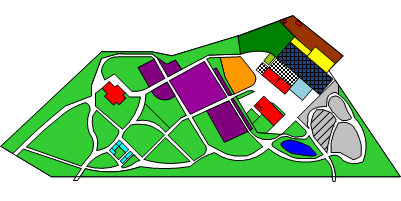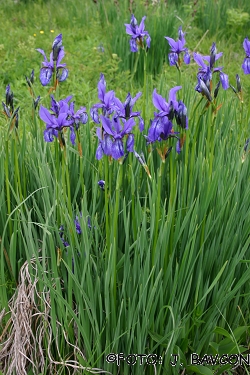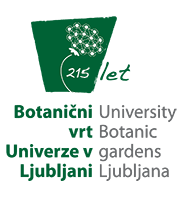



| LATEINISCHER NAME | Iris sibirica subsp. erirrhiza | |
|---|---|---|
| AUTOR | L. (Pospichal) T.Wraber | |
| SLOVENIAN NAMEN | kojniška perunika | |
| DEUTSCHEN NAMEN | ||
| GATTUNG | Iris | |
| FAMILIE (LATEIN) | Iridaceae | |
| FAMILIE (SLOVENIAN) | perunikovke | |
| ORDNUNG | ||
| KLASSE | ||
| STAMM | ||
| REICH | ||
| BLÜEZEIT | juni | |
| PRÄVALENZ | slovenski endemit (Nanos, Lonica, Snežniška planota, Čičarija) | |
| ROTE LISTE | ||
| CITES | ||
| PFLANZEN WACHSEN IN ( | ||
 | ||
| PFLANZEN BILD |
|---|
 |
| Iris sibirica subsp. erirrhiza |
| In Slovenia, Siberian iris (Iris sibirica) is a relatively frequent species growing in wet meadows which may be flooded at times, while Kojnik Siberian iris (I. sibirica subsp. erirrhiza), its subspecies, can only be found in very dry habitats in Slovenian (and Croatian) Istria, in the Kras region, on Mount Nanos and, probably, on Mount Kojca and in a number of other dry mountainous habitats.
Kojnik Siberian iris differs from the common Siberian iris in that its rhizome neck is thicker, its leaves are hardly any shorter than the stem, its petals are narrower or even linear, and in that it requires different growing conditions, as mentioned above.
The classic habitat of Kojnik Siberian iris is Mount Kojnik, located in the Slovenian part of the Istrian Peninsula near the border with Croatia. In 1897, Eduard Pospíchal described the plant as a separate pecies, but not without hesitation and only years after he had first found it. Regardless of the value and rank ascribed to it, Kojnik
Siberian iris is an interesting and beautiful plant found in a very limited area. Text: J. Bavcon |
ETABLIERUNG MIT TRADITION UNS WISSEN SEIT 1810

BOTANISCHER GARTEN FEIERT - BIODIVERSITÄTSWÄCHTER FÜR 215 JAHRE!